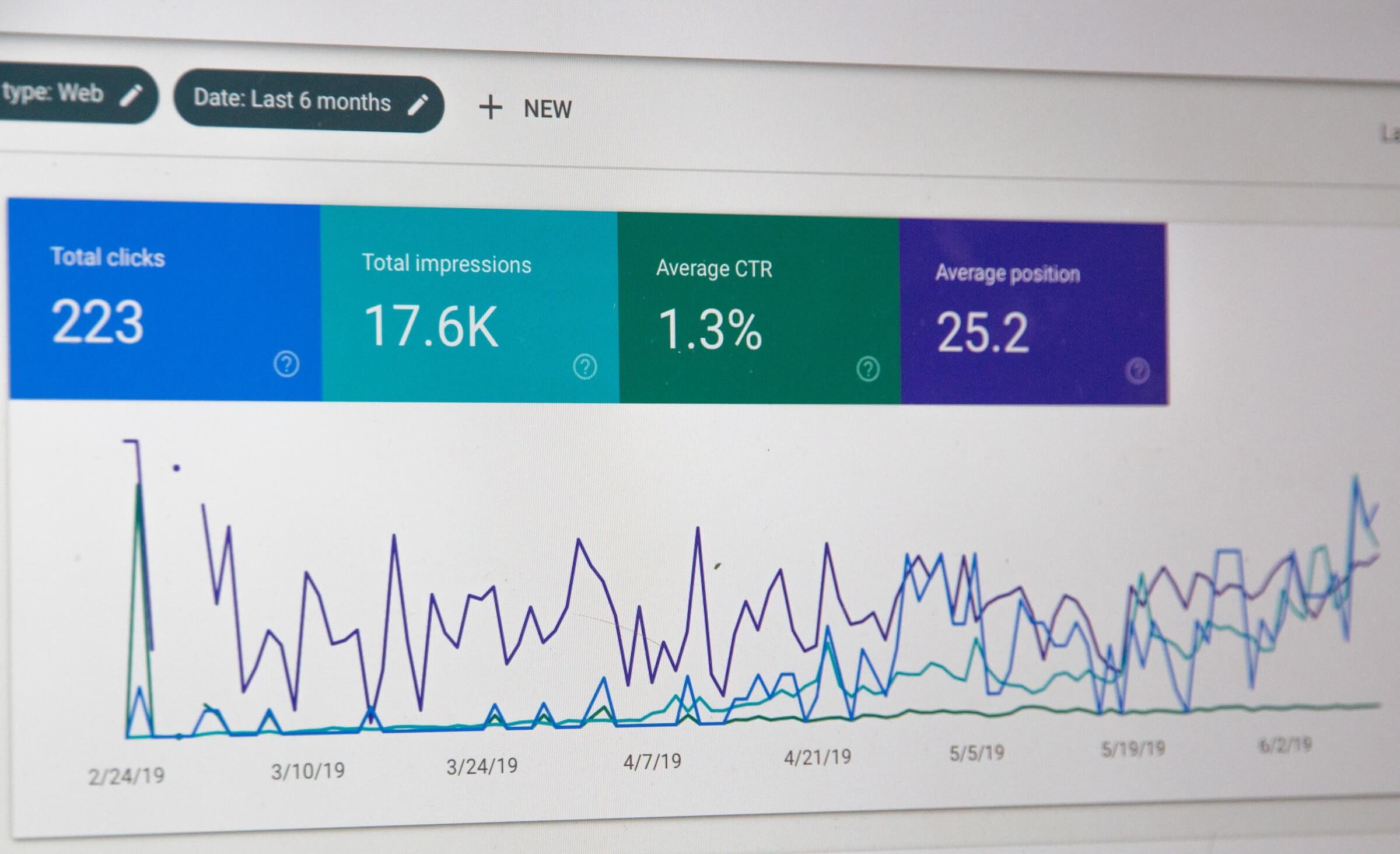This guide will actually show you how to find new keyword opportunities specifically for search engine marketing and optimisation purposes. Unlike many of the so called guides out there.
Google’s Keyword Planner is a sure fire way to get the job done, but if you don’t know how to use it; it’s nothing but a useless tool to you.
Why you should care.
There are many obvious keywords for any given topic. If you have the IQ of the room temperature you would know this. We don’t all have big budgets or rank 1st for all our main keywords thus we need to be creative and outsmart our competitors to get customers.
Let’s get right to it.
To be clear, we are looking for new keyword opportunities within our niche. We want to find non-competitive keywords where we can quickly rank. For the sake of this guide let’s presume we are recruiters.
Believe it or not this blog has a lot of really cool ‘how to’s’.
We are looking to use our blog to get long tail search queries and want to post relevant content that could potentially drive new customers to our site. In theory, enough visitors, quality helpful content; the more likely we will convert them.
As recruiters we know that our potential customers are job hunters. They are the most ripe for the picking when they are desperately trying to find a job.
What would job hunters be searching for? Let’s break it down:
- How to write a resume, cover letter
- How to make your resume stand out
- How to write a killer cover letter
- How to prepare for an interview
- Typical interview questions and more…
Now that we have identified our target audience and what they are likely to be searching for, let’s see how we can meet in the search results.
Now’s the time to login to your AdWords account if you have not done so already. The link here.
Step One – Search for new keyword and ad group ideas.
Click on the first option- search for new keyword and ad group ideas.
Step Two- Choose your keyword idea and set targeting information
For this guide let’s use the search term ‘cover letter’ (don’t just go for recruiting- the others already thought of it)… This is where you want to add any targeting information that you require i.e. if we are looking at targeting job hunters in Auckland- then we would select only Auckland.
Run the search and sort the keyword ideas by competition and monthly searches.
On a side note, funnily enough it seems that globally the competitiveness is a relatively low.
Step Three- Get the keywords.
Once you have sorted the keyword ideas by competitiveness, your confidence in the subject/ keyword, you can now proceed and select the ad group.
Next you will be presented with a list of keywords you could choose from within the ad group.
For example, I selected the ad group ‘Write a Cover’ and got a list of about 30+ individual keywords that fit. I can now further target down to individual keywords based on the search volume and competition values.
Take your pick of the best and get writing. If you find that all the keywords are competitive, you need to continue thinking outside the box as to what your customer’s are searching. Narrow it down further and look for a swing or variation on a competitive keyword to find a less competitive one.
And there you have it folks. That’s how you use it. Your turn- any comments, suggestions or tricks? Please share with the rest of us.


